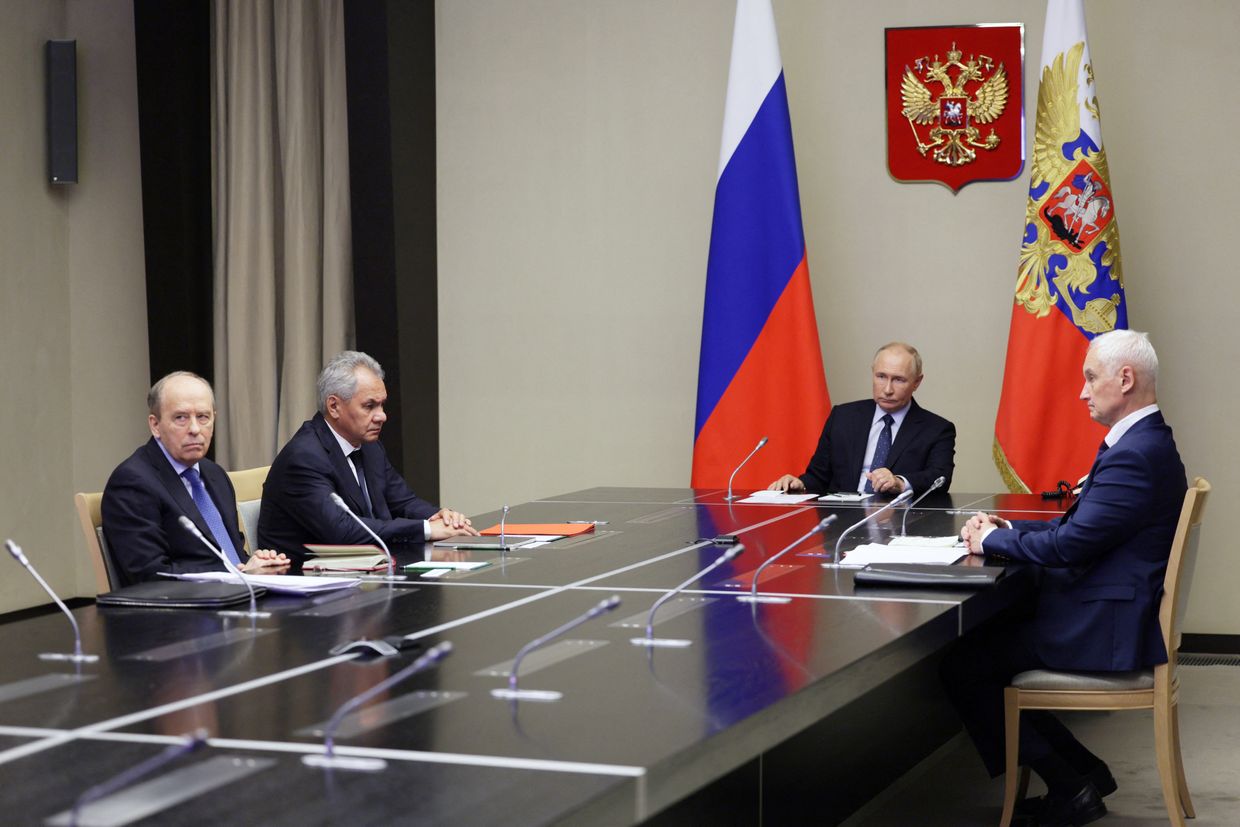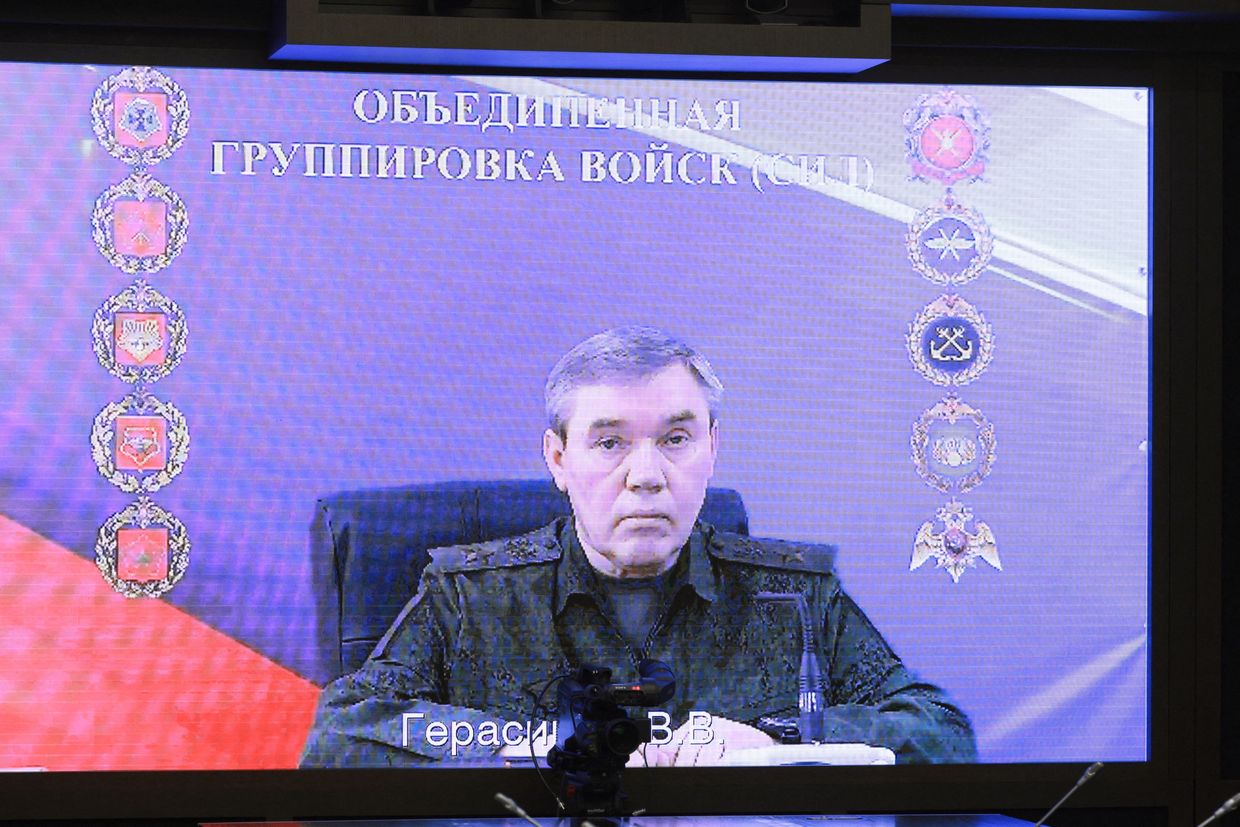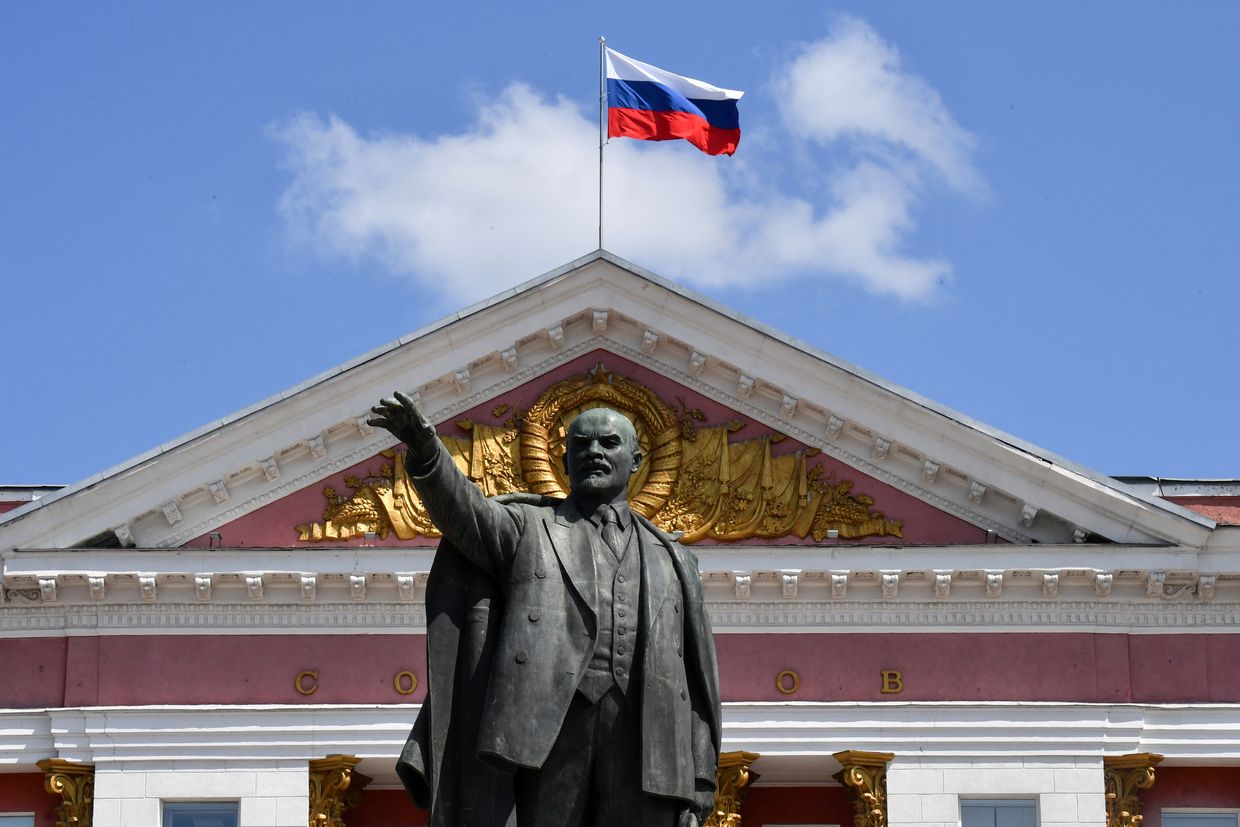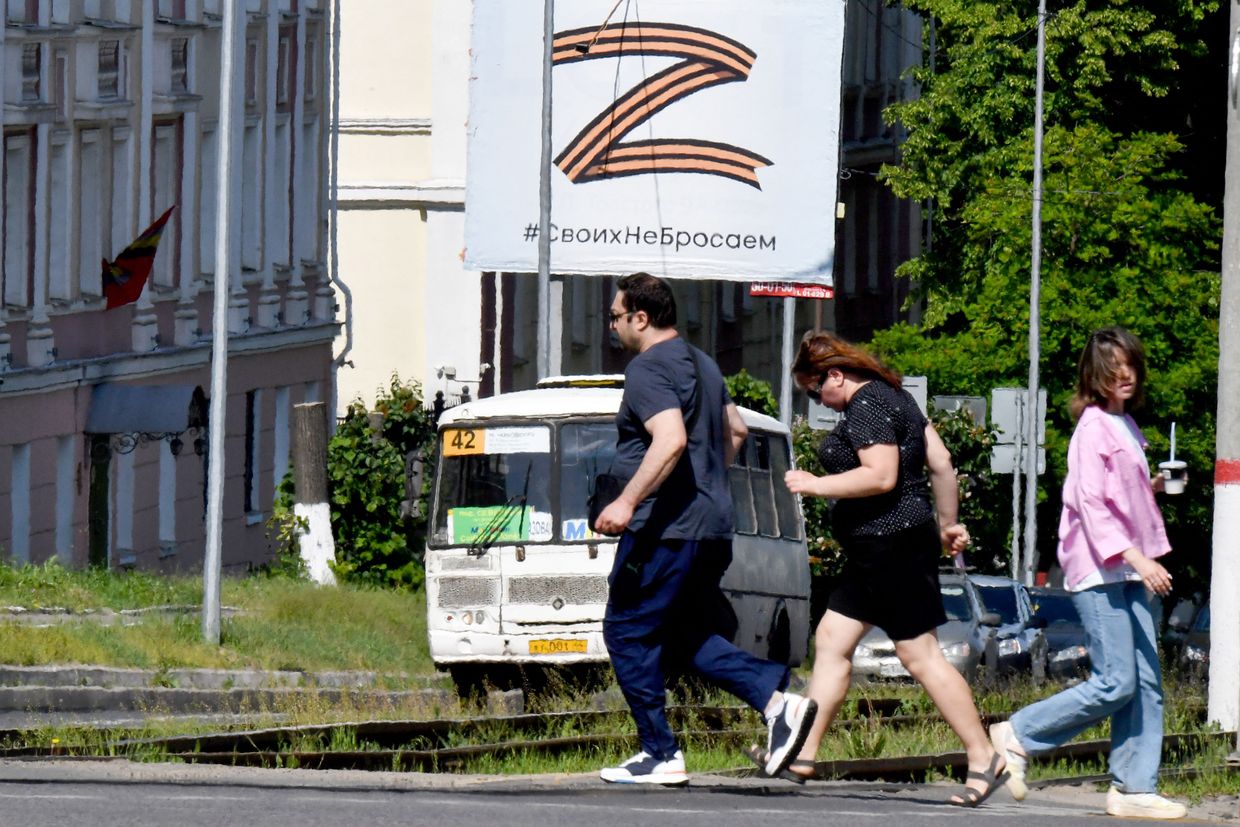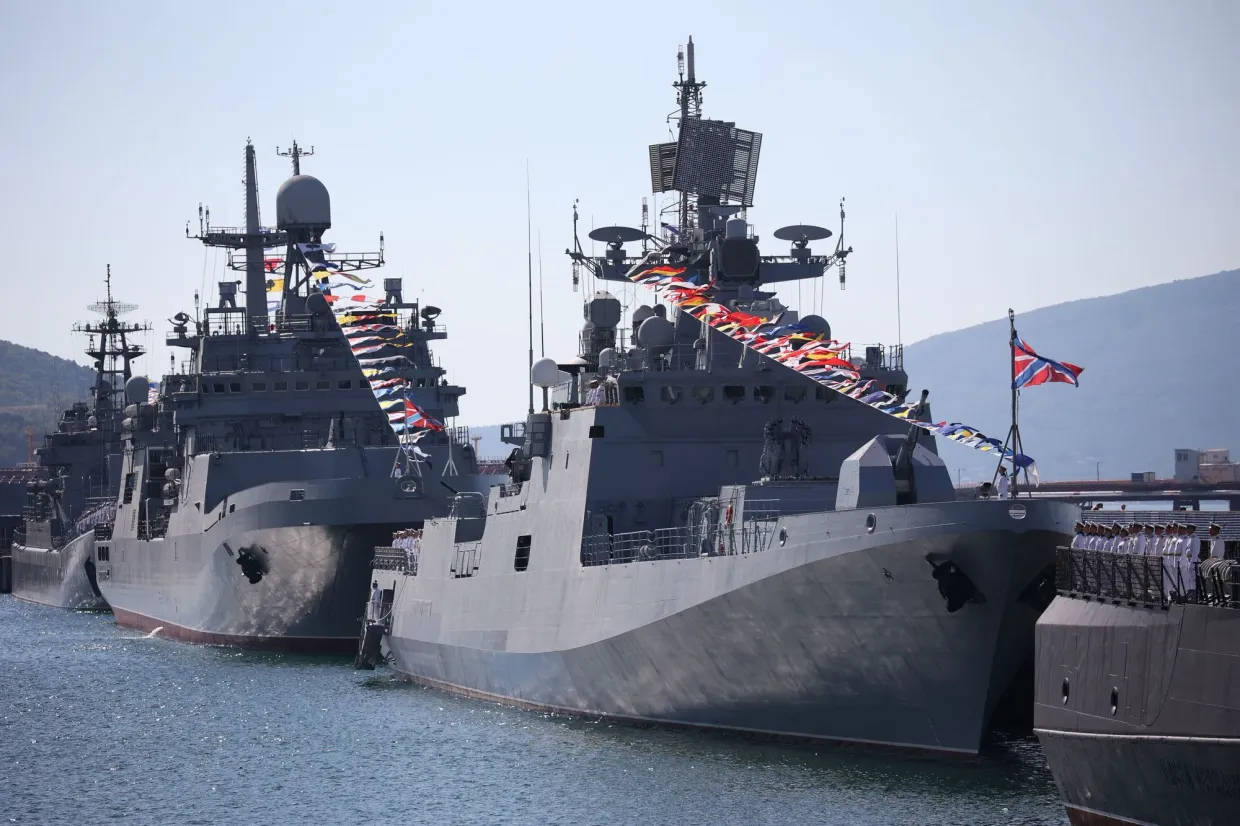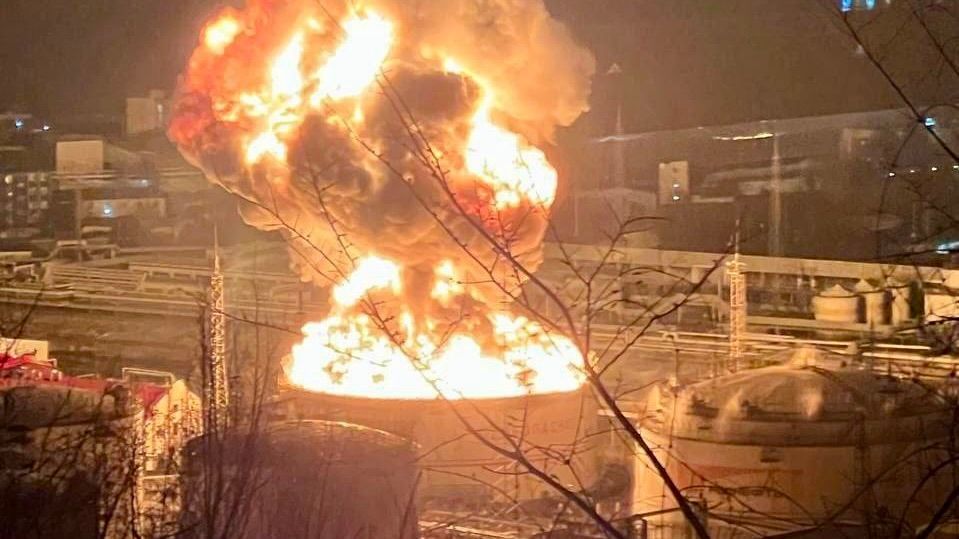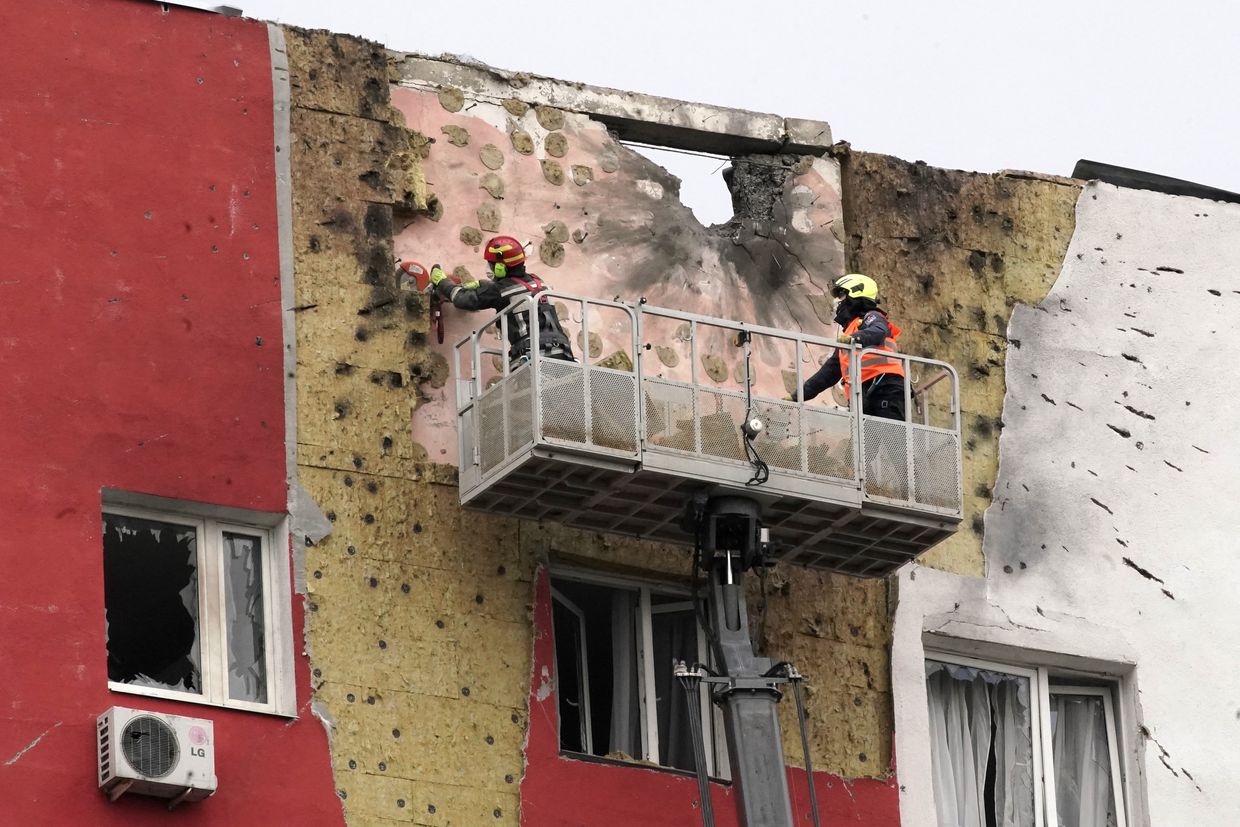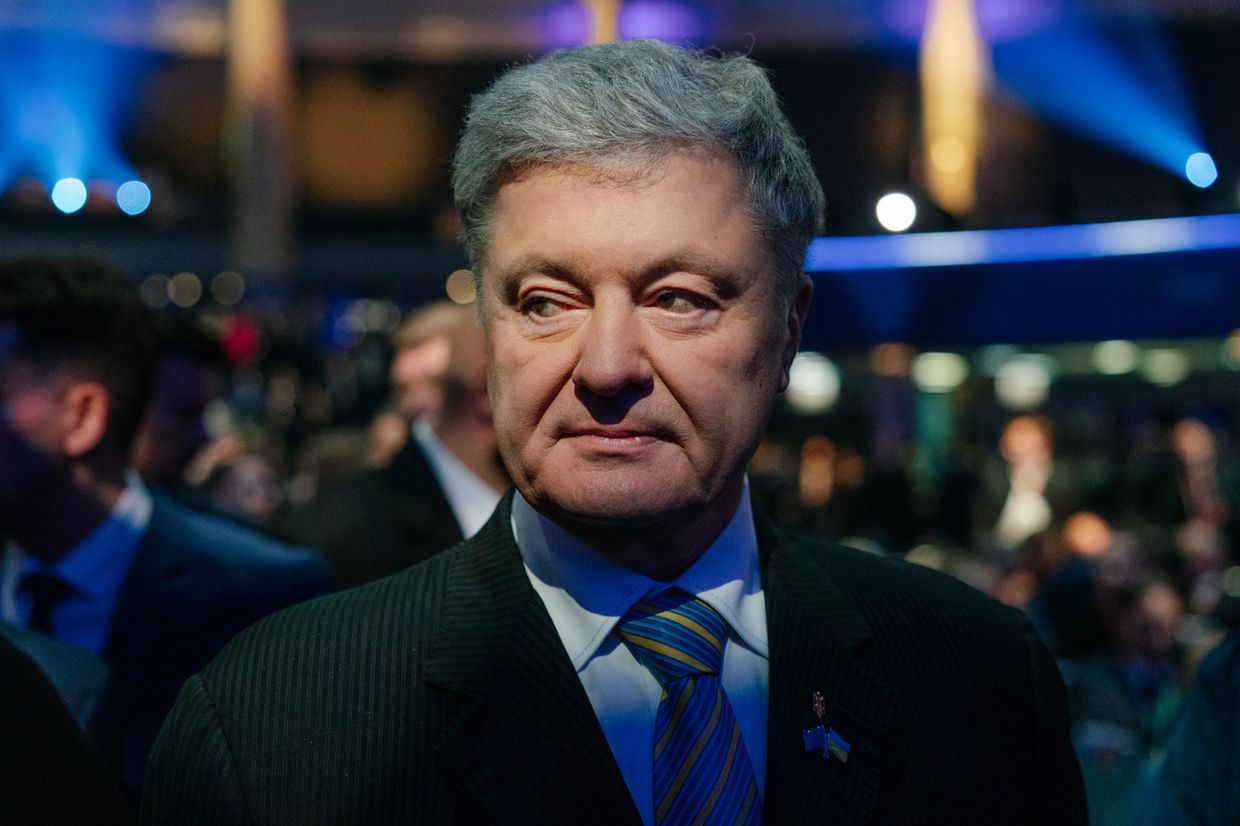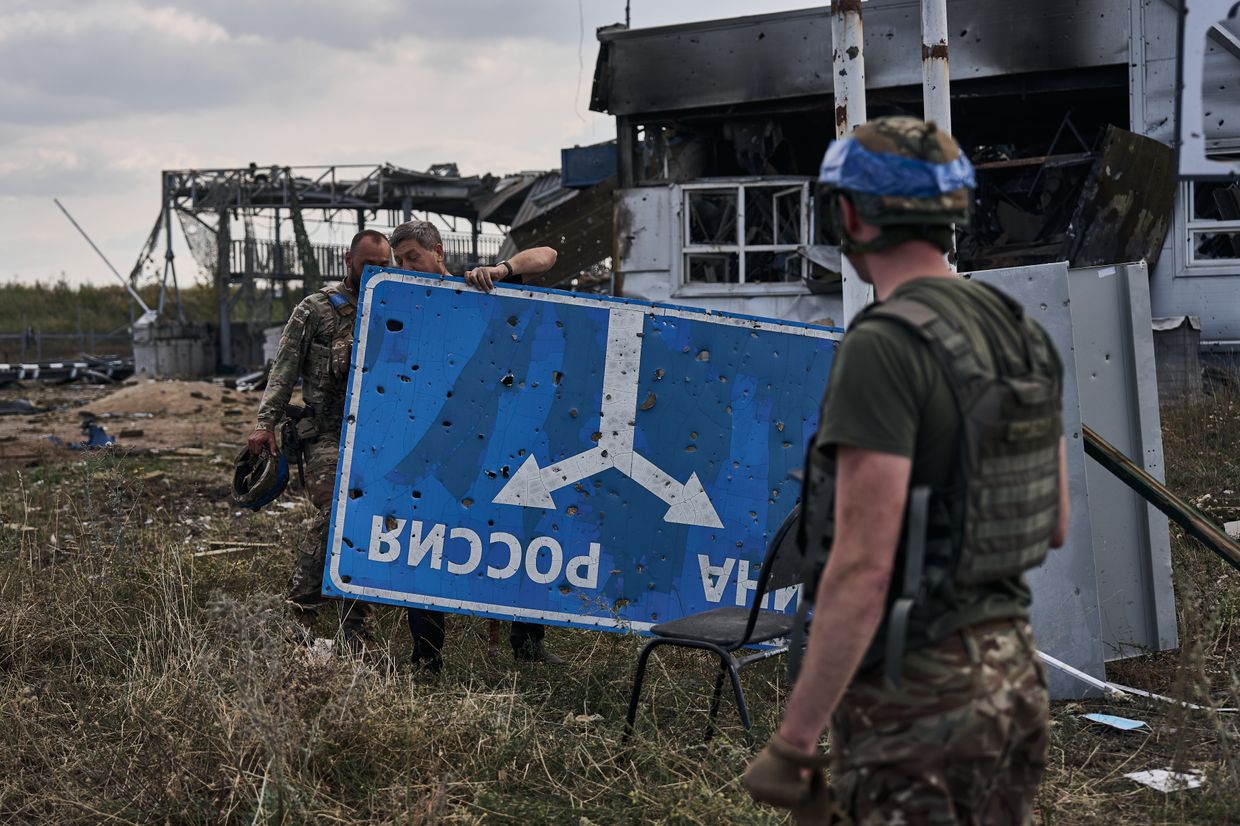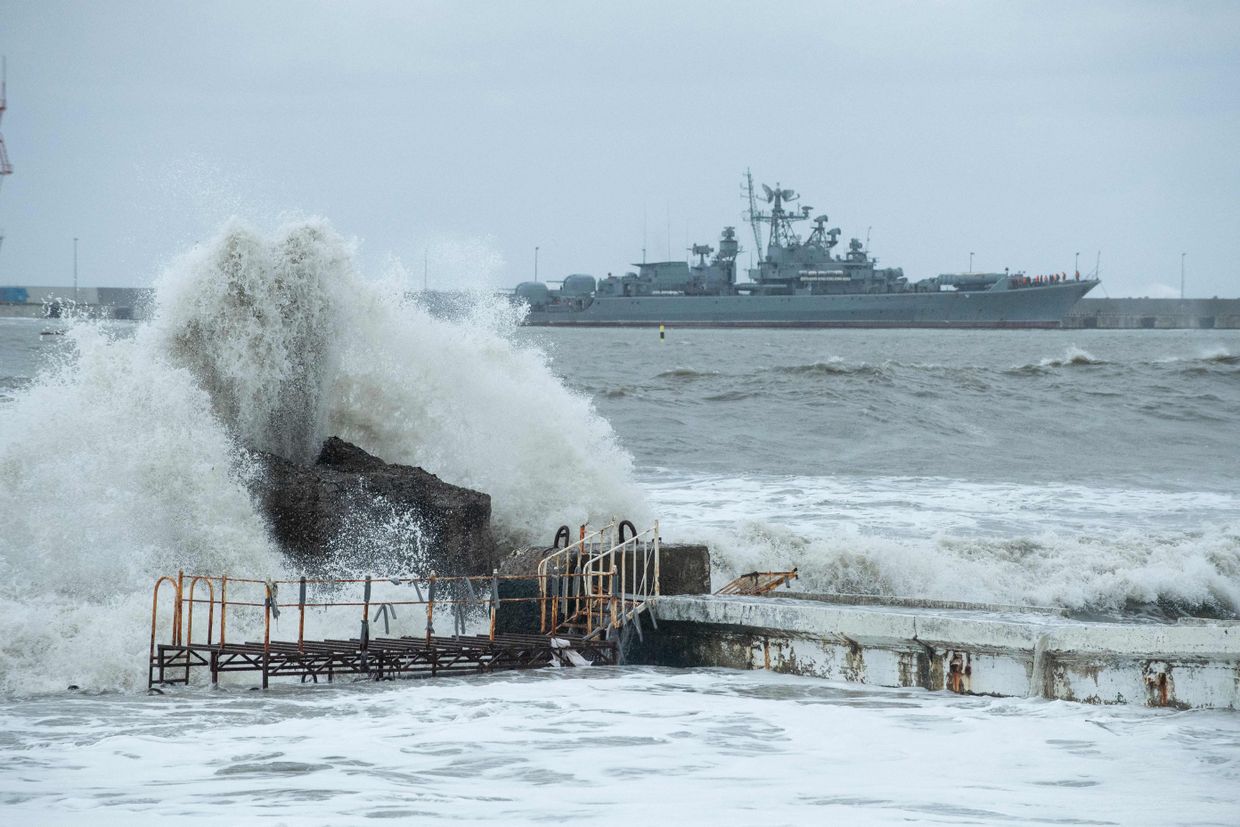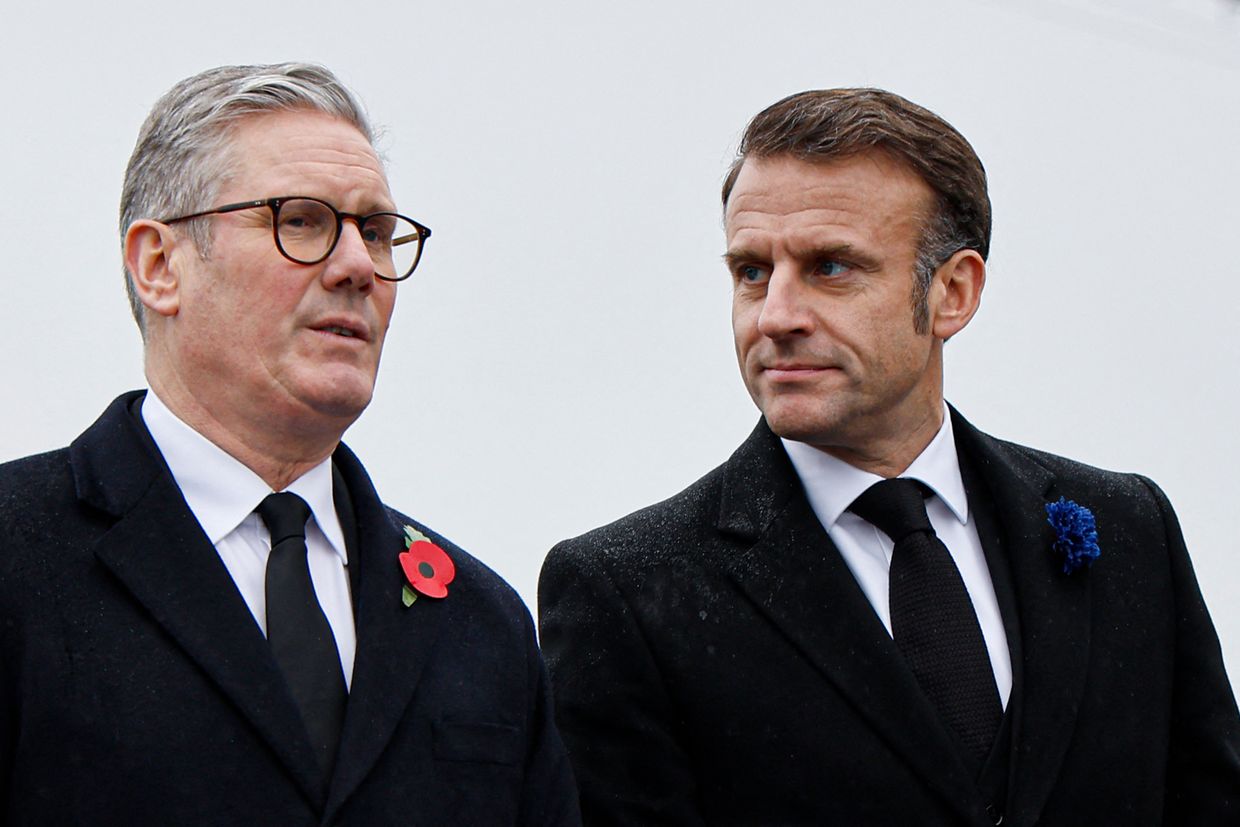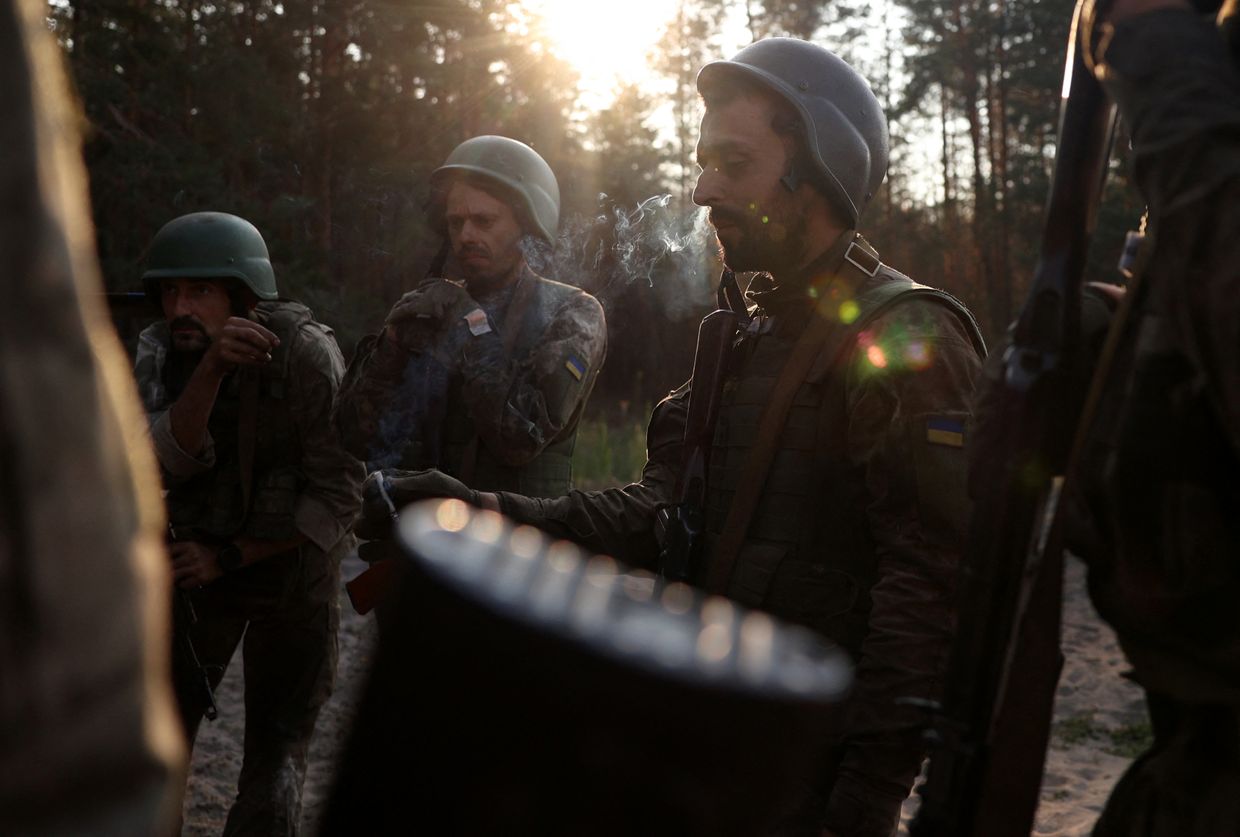Russian sovereign territory is once again under attack after Ukrainian forces launched an ambitious operation across the state border in Kursk Oblast in large numbers on Aug. 6.
This time, the attack is led not primarily by small units of pro-Ukraine Russian nationals and other assorted foreign formations, like in the numerous incursions conducted over 2023 and early 2024.
As of the second day of the incursion, a mix of sources, including the Russian Defense Ministry itself have reported a larger offensive involving a Ukrainian force likely numbering hundreds of troops and dozens of vehicles strong.
While previous incursions focused on other sectors of the border, this push is centered on the area around Sudzha, a small town in Kursk Oblast with a population of just over 6,000 that lies around 10 kilometers from the Ukrainian border.
As of the early hours of Aug. 8, very little independently verifiable information is available on the specifics of which settlements in the area are currently under the control of Ukrainian forces as fighting continues.
Kyiv has so far refrained from official announcements on the offensive, with President Volodymyr Zelensky simply saying in an evening address that he had spoken to his Commander-in-Chief Oleksandr Syrskyi, and that “details would follow later.”
Requests for comment sent by the Kyiv Independent to Ukraine’s military intelligence agency (HUR) and the General Staff of the Armed Forces have so far been declined or left unanswered amid a country-wide policy of silence.
Visibly frustrated in a short public address after an emergency meeting with top security officials on the afternoon of Aug. 7, Russian President Vladimir Putin called the offensive a “large-scale provocation,” further accusing Ukrainian forces of shelling residential areas in the region.
A few hours later, Valery Gerasimov, Russia’s Chief of the General Staff and overall commander of the war against Ukraine, said that Kyiv’s attempts to push deep into Kursk Oblast were “stopped,” and that “the operation will end with the rout of the enemy and the return to the state border.”
Information from the ground is largely limited to drone footage and anecdotal reports circulated mostly by Russian Telegram channels.
Run by semi-independent commentators often known as “milbloggers,” these channels, while fervent supporters of Russia's war, are known for posting news often diverging from the official Kremlin line.
Kursk Oblast is one of three Russian regions (along with Belgorod and Bryansk oblasts) bordering Ukrainian territory under the control of Kyiv’s forces.
The region lies directly across from Ukraine’s northeastern Sumy Oblast, from where the Ukrainian incursion was launched.
The attack comes at a tumultuous stage in the war, as, hundreds of kilometers to the south, overstretched Ukrainian brigades continue a desperate defense against relentless Russian attacks on multiple sectors of the front line in Donetsk Oblast.
This, combined with the little tangible gains of Ukraine’s previous raids into Russia, has raised questions about whether the resources committed and potential losses suffered by Kyiv in the incursion will ultimately be justified by its possible strategic achievements.
Control over Sudzha and reported losses
Towards the end of Aug. 7, more Russian sources varyingly reported the occupation of Sudzha or at least the presence of Ukrainian forces inside or nearby the town.
Video footage posted on social media showed the streets of the town empty, with considerable damage visible from what was claimed to be recent Ukrainian shelling.
According to Russian milbloggers, fighting was reported in a number of Russian villages south and particularly northwest of Sudzha, where the main push of the offensive took place.
One map posted on Aug. 7 by Rybar, one of the most popular milblogger channels, showed a large blue bulge shaded in to represent alleged Ukrainian control of territory.
However, in this early phase of the offensive, where front lines are yet to crystallize and attacking forces are often led by a vanguard of reconnaissance or sabotage troops, the reports of fighting alone do not necessarily correspond to such control.
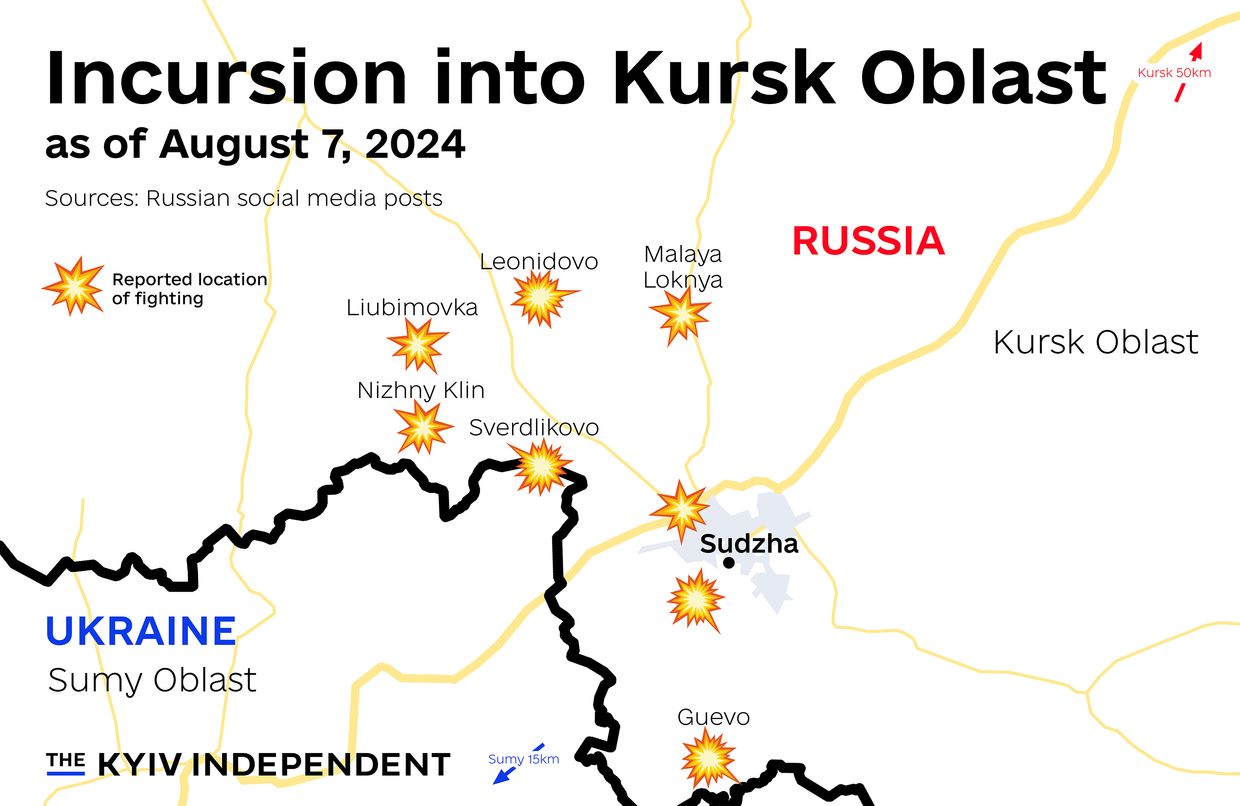
As has been the case throughout the full-scale war, each sides’ estimates of the personnel or equipment losses on either side are not independently verifiable.
As claimed in Gerasimov’s evening briefing to Putin, Ukraine’s attacking force had taken around 315 personnel casualties, 100 of which were killed in action.
The top general also claimed that Russian forces had destroyed 54 Ukrainian armored vehicles, including seven tanks.
In reality, the only verifiable losses for equipment are those with geolocated footage; the quantity of which circulated online does not come close to reflecting Gerasimov’s claims.
Within the first 24 hrs of the offensive, Russia’s defense ministry posted videos showing several hits on high-value Ukrainian equipment, including 2 Buk-M1 mobile air defense launchers and Stryker armored fighting vehicles, the latter of which likely belonged to the elite 82nd Air Assault Brigade.
High quality video of the group of Russian POWs in Kursk region was published. https://t.co/glF9wquFlQ pic.twitter.com/zF1Bde8LqW
— Special Kherson Cat 🐈🇺🇦 (@bayraktar_1love) August 8, 2024
On the Russian side, imagery posted to social media over Aug. 6 and 7 showed a small but diverse selection of destroyed Russian equipment, including a Ka-52 attack helicopter allegedly downed near the village of Nizhny Klin.
Among a handful of other visually confirmed losses, two Russian T-62 tanks were also seen destroyed near the border.
In a groundbreaking incident that once again proved the boundless possibilities of drones, a Ukrainian FPV (first-person view) drone recorded a strike against a Russian Mi-24 helicopter mid-flight, although milbloggers reported that the crew did end up managing to land safely.
In one dramatic piece of footage, dozens of what are claimed to be Russian border guards at the Sudzha border crossing are seen taken prisoner by Ukrainian soldiers.
Russia's fragile defense
Far away from the saturated, contested front line that runs across southern and eastern Ukraine, the border where Ukraine launched its incursion in Kursk Oblast has so far proved much more vulnerable.
Russian forces remain committed in large numbers to the ongoing battles in Donetsk, Kharkiv, and Zaporizhzhia oblasts, and though reserves are being prepared in the rear, parts of the border are ultimately left with a thinner, lower-quality defending force on the ground.
Exploiting this less capable defense, the Ukrainian attacking force has found tactical success in a rare example of maneuver operations at this stage in the war, piercing distances allegedly up to 15 kilometers into the Russian rear in a short space of time.
On top of the border guards taken prisoner at the Sudzha crossing, Ukrainian Telegram channels also reported the capture of Russian conscript soldiers, by law not allowed to be sent to Russia’s war, but who are often given border guard duty instead.
While Ukraine seems to have a clear advantage in numbers and force quality on the ground, the ability of Russian forces to spot and strike Ukrainian targets from the sky remains a threat, thanks to Moscow’s formidable array of aviation, missiles, and drones.
“Russia still has a lot of ISR (intelligence, surveillance, reconnaissance) UAVs (unmanned aerial vehicles), and those often provide quite persistent coverage behind Ukrainian lines,” said Rob Lee, senior fellow at the Foreign Policy Research Institute, to the Kyiv Independent.
“This is a key aspect to this operation, because if they spot Ukrainian armor, Russia will have Lancet (suicide drones) and other guided munitions they can launch.”
According to the expert, one of Russia’s trump cards — the cheap but destructive glide bomb — is nonetheless made much less effective by the frantic pace of fighting in Kursk Oblast.
“One of the risks for Russia here is that if they're operating their aviation, but Ukrainian special operations are further ahead, they may not know where the forward line of Ukrainian units is,” he said.
“That could give Ukrainian special operations units an opportunity to shoot down helicopters or other things with MANPADs (man-portable air-defense system), or even FPVs, as we have seen.”
Ukraine's unclear aims
With Ukraine’s offensive into Kursk Oblast still in its early stage, it remains difficult to say with certainty what the larger strategic aim of the operation is.
The regional capital of Kursk is over 81 kilometers from Sudzha, and although some Russian milbloggers floated the idea that Kyiv could be aiming to capture the Kursk Nuclear Power Plant, the plant — itself still a daunting 60 kilometers from the Ukrainian border — is almost surely out of reach.
In Ukraine and among observers in the West, debate on social media has not been about far-flung territorial goals, but more about whether the operation was motivated more by military sense or a desperate need for positive PR.
Although they grabbed headlines, previous incursions into Russian border territories — led primarily by anti-Putin Russian units such as the Freedom of Russia Legion, far-right Russian Volunteer Corps, and Siberian Battalion — have been criticized in the past for the unnecessary loss of valuable personnel and equipment, including T-64 tanks and U.S.-made HMMWV armored vehicles.
Given the repeated decision to conduct the raids several times despite similar, predictable results, especially the most recent incursion launched in spring 2024 amid an already worsening overall battlefield situation for Kyiv, the operations have been described as carrying more of a political character than much military value.
With the greater scale and complexity of this attack, the fate of the Kursk incursion likely depends greatly on whether Kyiv intends to dig defensive positions and attempt to hold Russian territory in the long term.
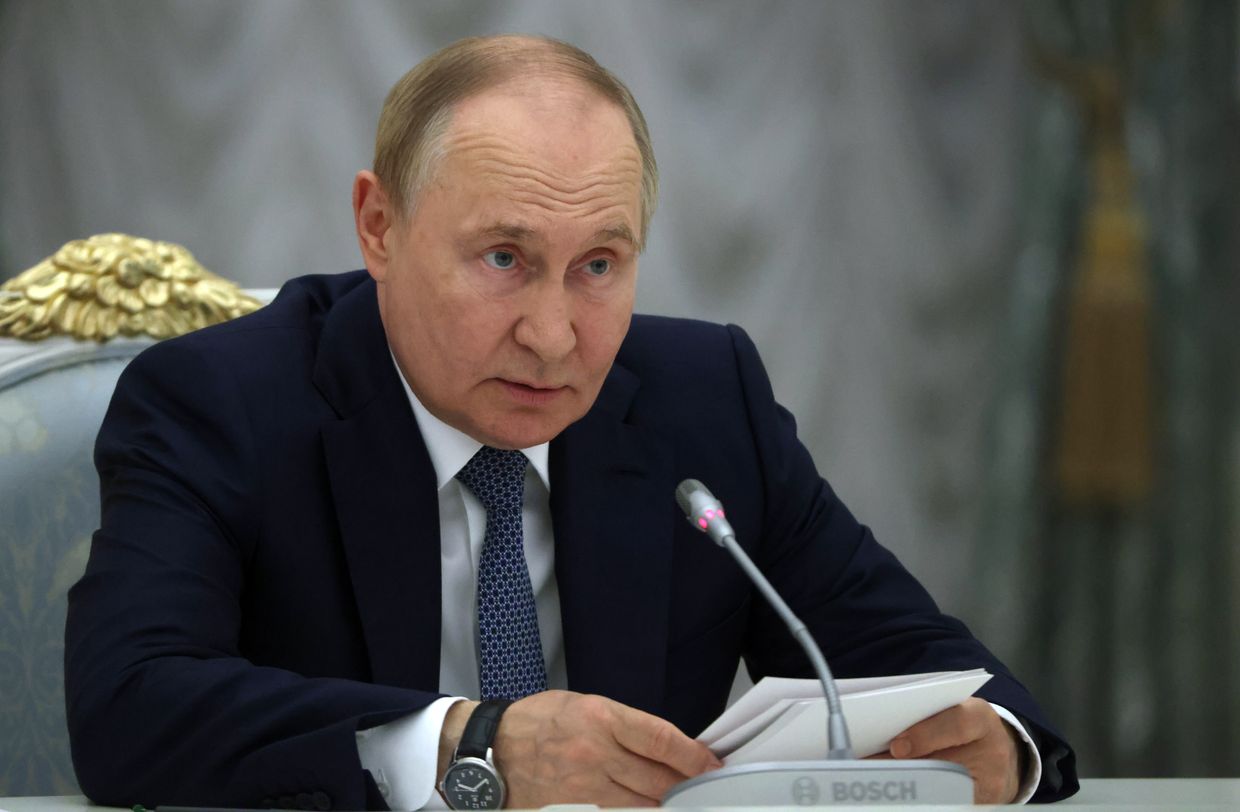
Losing territory inside sovereign Russia comes with inherent political embarrassment for Moscow, and a Ukrainian hold on part of Kursk Oblast could be used as leverage in future negotiations.
Without that, argued Lee, just the fact of localized chaos in Russia’s borderlands would be unlikely to provoke serious political strife.
“There are a lot of Russian Telegram channels who were critical of the lack of preparation and maybe the effect it (previous raids) had on Russian civilians in the area,” he said.
“Maybe Russian forces get pushed back, but it doesn't seem as though they had a really significant domestic political ramifications for Putin.”
Beyond politics, Ukraine’s plan could be similar to Russia’s cross-border offensive into Kharkiv Oblast in May, which was eventually stopped after advances up to 10 kilometers deep.
That operation was widely seen as designed to divert Ukrainian forces away from their defense of the front line in Donetsk Oblast, and online commentators have argued that Kyiv’s aim could be comparable: to force Russia to dial down their offensive in Donbas in order to stop the Kursk incursion.
At this early stage, there is no publicly available evidence of Russia moving significant battle-capable units away from Ukraine’s east.
“Ultimately the question is: can Ukraine translate tactical successes into future gains?” said Lee.
“That’s possible, but when you look at what happened in May 2023, that operation was tactically successful and I think it was an effective kind of economy of force operation, but it didn't really draw many Russian units away from the front line.”
Whether or not the final results end up justifying the costs, some unexpected voices expressed their praise for the incursion’s element of surprise, large scale, and coordination.
“I don't know the operation's goal, but damn, this is how it should be — finally, we're growing up,” read an Aug. 7 post on X by Bohdan Krotevych, the chief of staff of the Azov Brigade, who had launched a public attack in June against high-ranking general Yurii Sodol for, among other accusations, a careless approach to the lives of his soldiers.
“If we are to dig in, tough work lies ahead; if it's just a raid, it will be just as challenging to withdraw without significant losses.”
Note from the author:
Hi, this is Francis Farrell, reporting from yet another awfully weird day in Russia's war against Ukraine. As much as I have enjoyed all the fantastic memes about the Kursk Oblast incursion, it is always worth remembering that these are real people, real Ukrainians out there taking this risk on. In a case like this, when the fog of war is thicker than ever, we are working hard to bring what we know straight to you. Please consider supporting our reporting.




